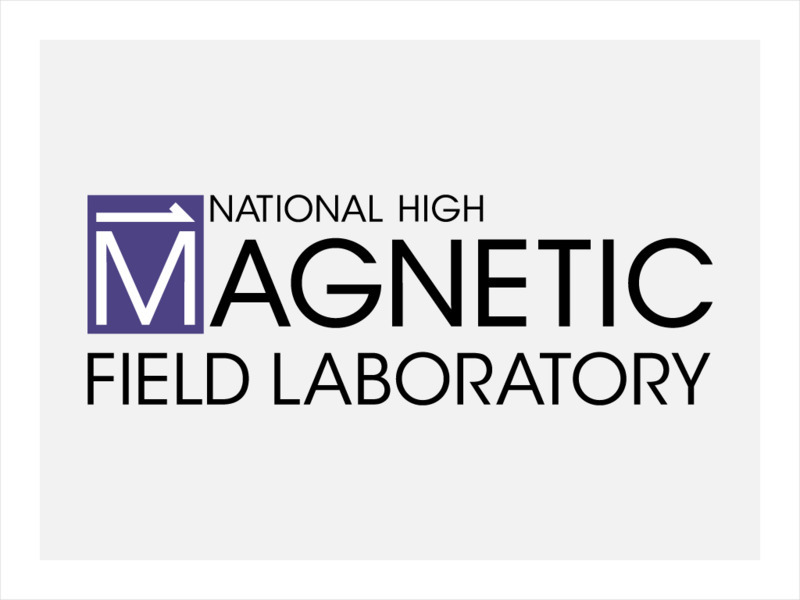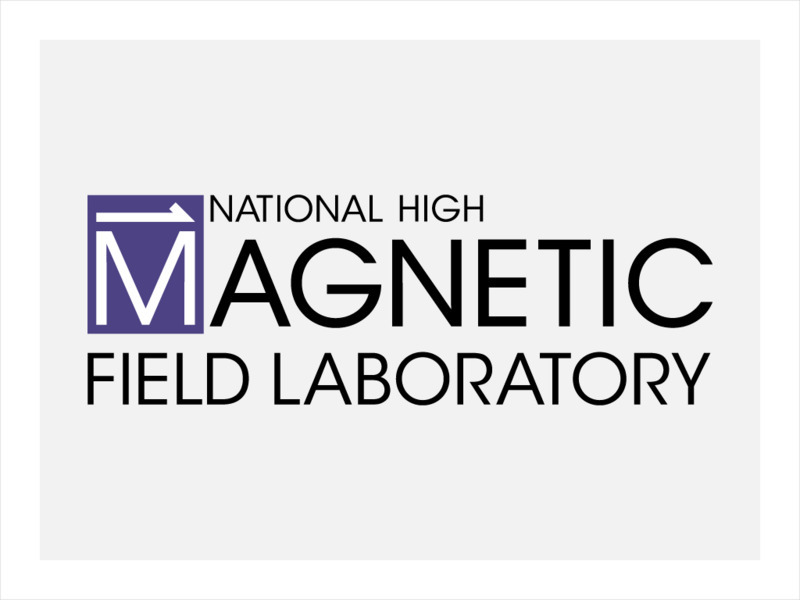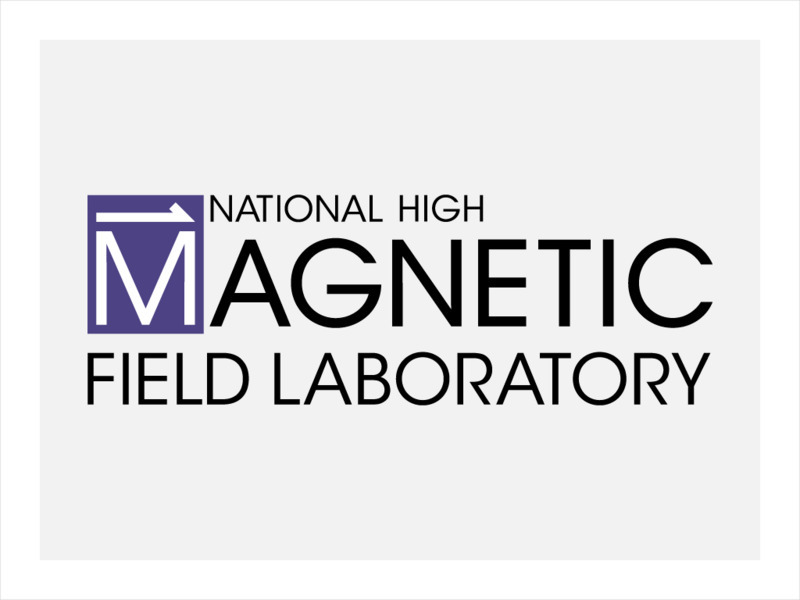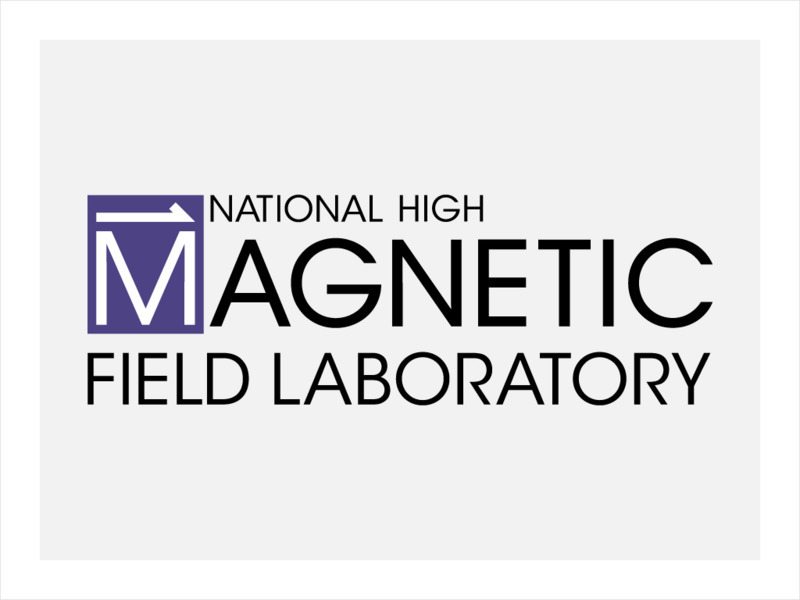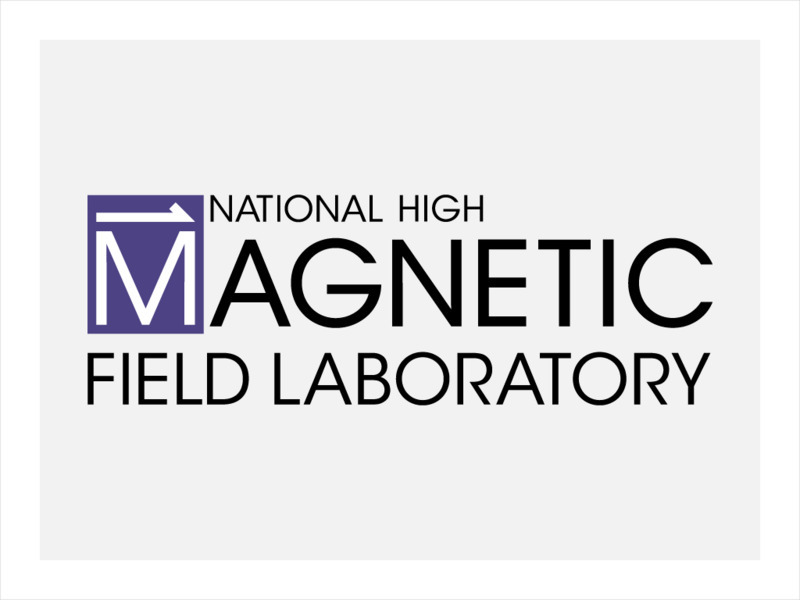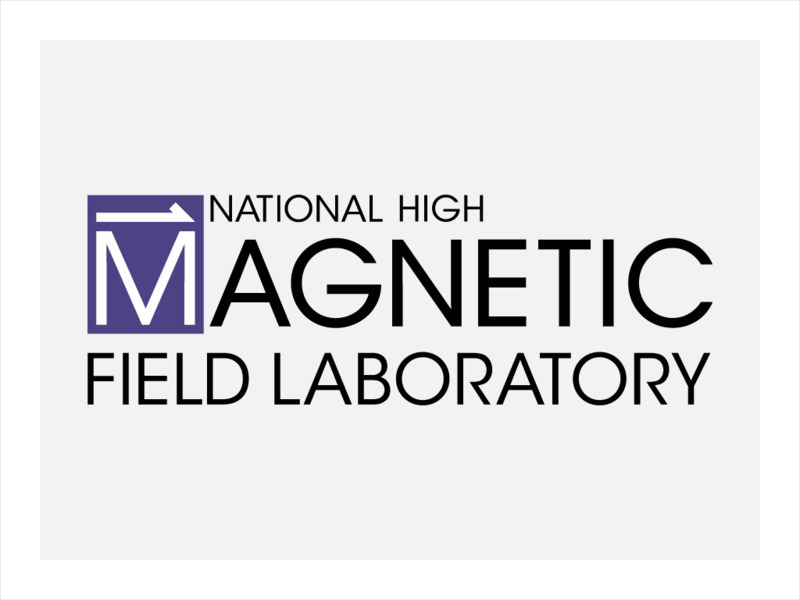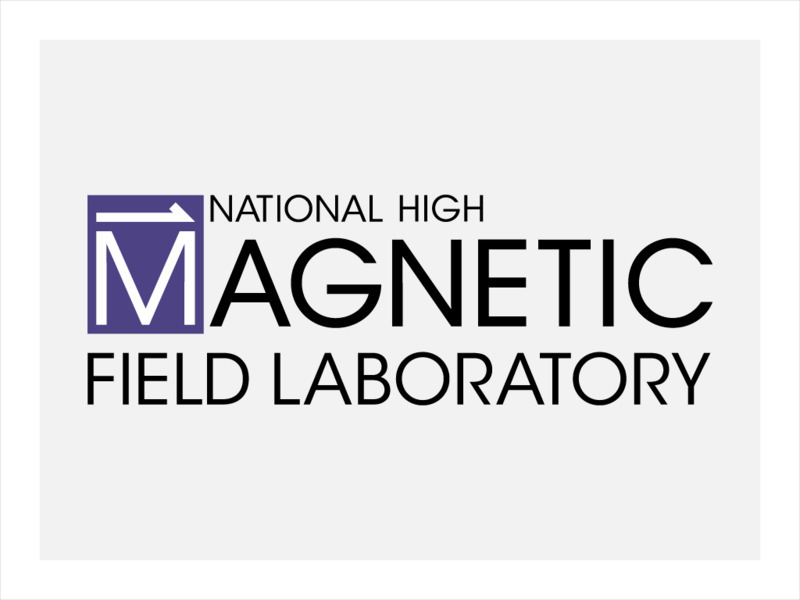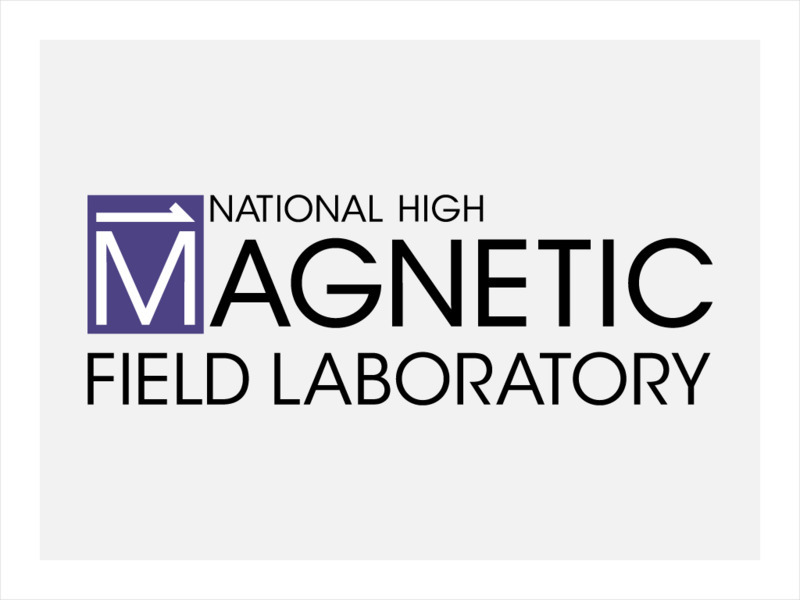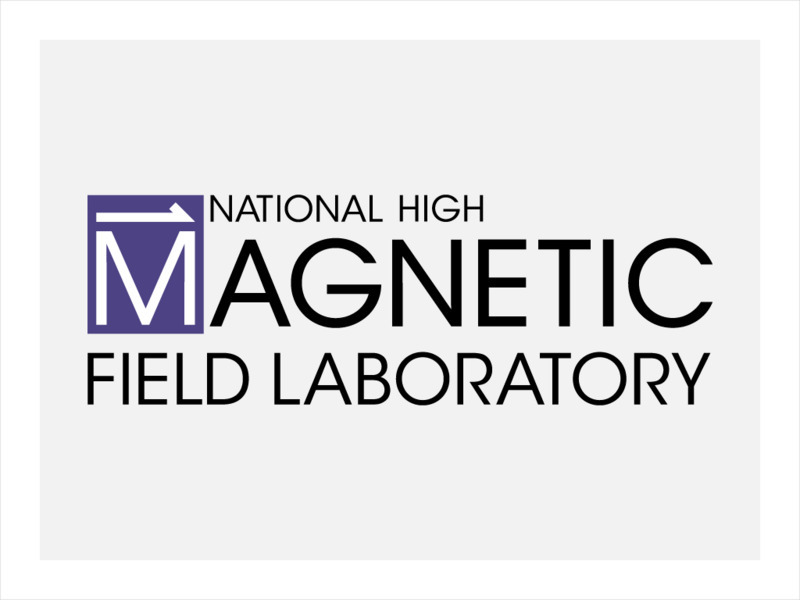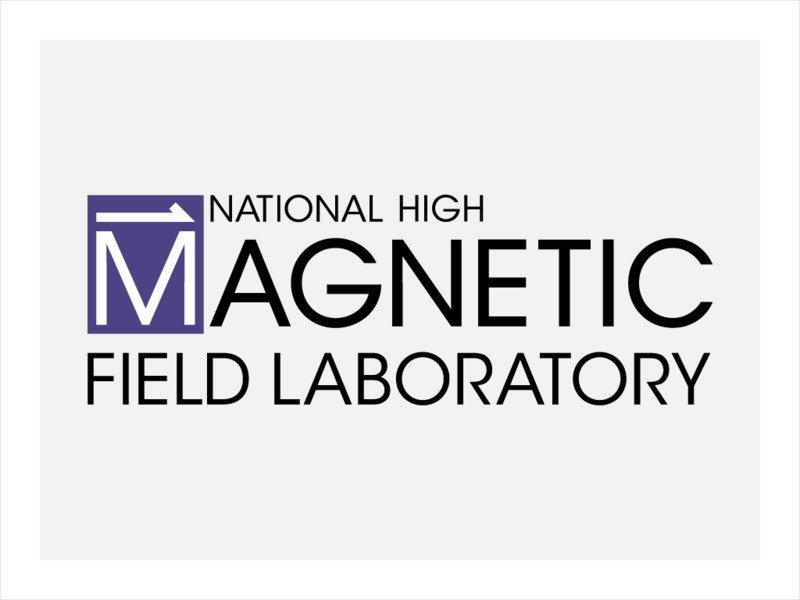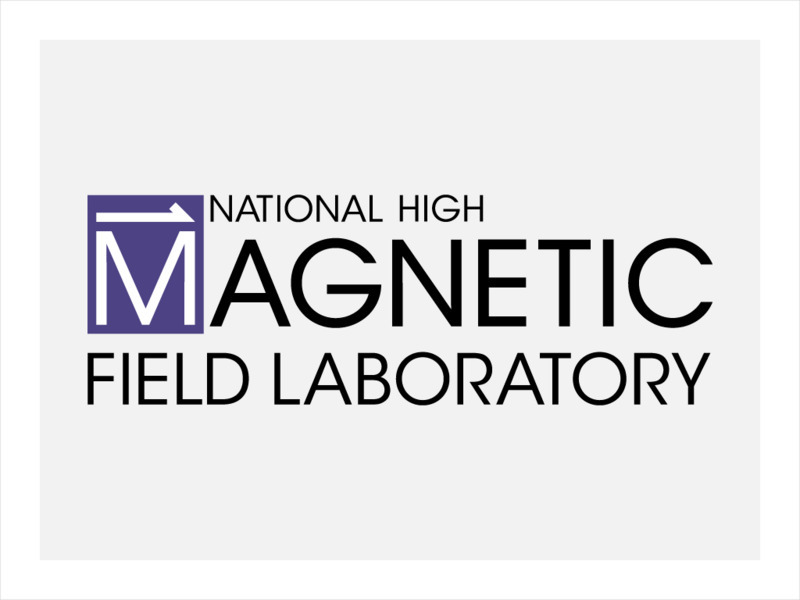National High Magnetic Field Laboratory
Magnet Academy: Crookes Tube 1870
English chemist Sir William Crookes (1832 - 1919) invented the Crookes tube to study gases, which fascinated him. His work also paved the way for the revolutionary discovery of the electron and the invention of X-ray machines.
National High Magnetic Field Laboratory
Magnet Academy: Early Chinese Compass 400 Bc
The first compass was used not to point people in the right direction literally, but figuratively.
National High Magnetic Field Laboratory
Magnet Academy: Edison Battery 1903
Although it never quite measured up to expectations, the Edison battery paved the way for the modern alkaline battery.
National High Magnetic Field Laboratory
Magnet Academy: Barkhausen Effect
The Barkhausen effect makes the concept of magnetic domains audible (if not exactly music to the ear).
National High Magnetic Field Laboratory
Magnet Academy: Fluorescent Lamp 1934
Compared to incandescent lamps, fluorescent lamps last longer, require less energy and produce less heat, advantages resulting from the different way in which they generate light.
National High Magnetic Field Laboratory
Magnet Academy: Electrostatic Generator 1706
Otto von Guericke's electrostatic machine evolved into increasingly improved instruments in the hands of later scientists. In the early 1700s, an Englishman named Francis Hauksbee designed his own electrostatic generator, a feat stemming...
National High Magnetic Field Laboratory
Magnet Academy: Gold Leaf Electroscope 1787
For centuries, the electroscope was one of the most popular instruments used by scientists to study electricity. Abraham Bennet first described this version in 1787.
National High Magnetic Field Laboratory
Magnet Academy: Electrophorus 1764
A very primitive capacitor, this early device allowed scientists to give discs of metal a specific charge.
National High Magnetic Field Laboratory
Magnet Academy: Electrocardiograph 1903
If TV medical dramas have taught us anything, it's how to recognize the heart's characteristic peaks and valleys crawling across monitors in emergency rooms. These images represent the electrical activity of the beating heart as recorded...
National High Magnetic Field Laboratory
Magnet Academy: Geiger Counter 1908
Counting alpha particles was tedious and time-consuming work, until Hans Geiger came up with a device that did the job automatically.
National High Magnetic Field Laboratory
Magnet Academy: Magnetic Core Memory 1949
At the dawn of the computer age, magnetic core memory helped make data storage possible, and showed surprising staying power in a field where components are constantly being replaced by new and improved products.
National High Magnetic Field Laboratory
Magnet Academy: Maglev Trains 1984
The railroad industry began in the frontier days, magnetic levitation has moved it squarely into the space age.
National High Magnetic Field Laboratory
Magnet Academy: Lodestone 600 Bc
The history of electricity and magnetism starts with this special mineral possessing amazing, and still mysterious, properties.
National High Magnetic Field Laboratory
Magnet Academy: Leyden Jars 1745
Because they could store significant amounts of charge, Leyden jars allowed scientists to experiment with electricity in a way never before possible.
National High Magnetic Field Laboratory
Magnet Academy: Leclanche Cell 1866
With only minor changes to its original 1866 design, the Leclanche cell evolved into modern alkaline batteries and the most popular household battery to date.
National High Magnetic Field Laboratory
Magnet Academy: Kettle 1891
Found in more homes than any other appliance, the kettle has steadily evolved from an ancient tool to an important modern convenience.
National High Magnetic Field Laboratory
Magnet Academy: Iconoscope 1923
American inventor Vladimir Zworykin, the "father of television," conceived two components key to that invention: the iconoscope and the kinescope.
National High Magnetic Field Laboratory
Magnet Academy: Hydroelectric Power Station 1882
The first hydroelectric power plant, known as the Vulcan Street Plant, was powered by the Fox River in Appleton, Wisconsin.
National High Magnetic Field Laboratory
Magnet Academy: Magneto 1832
The magneto helped fire up the first generation of automobiles.
National High Magnetic Field Laboratory
Magnet Academy: Plante Battery 1859
French physicist Gaston Plante invented the first rechargeable battery, leaving an enduring legacy in battery history. To see it, just pop the hood of your car.
National High Magnetic Field Laboratory
Magnet Academy: Pacemaker 1960
Many heads, hands and hearts contributed to the development of this lifesaving device.
National High Magnetic Field Laboratory
Magnet Academy: Oscilloscope 1897
From the auto shop to the doctor's office, the oscilloscope is an important diagnostic tool. A mechanic may use an oscilloscope to measure engine function, while a medical researcher uses it to monitor heart activity.
National High Magnetic Field Laboratory
Magnet Academy: Oersted Satellite, 1999
Named in honor of Danish physicist Hans Christian Oersted, Denmark's first satellite has been observing and mapping the magnetic field of the Earth.
National High Magnetic Field Laboratory
Magnet Academy: Oersted's Compass 1820
Compasses had been steering people in the right direction for many centuries when, in the year 1820, one particular compass made a very different sort of revelation to an unsuspecting Danish science professor.


